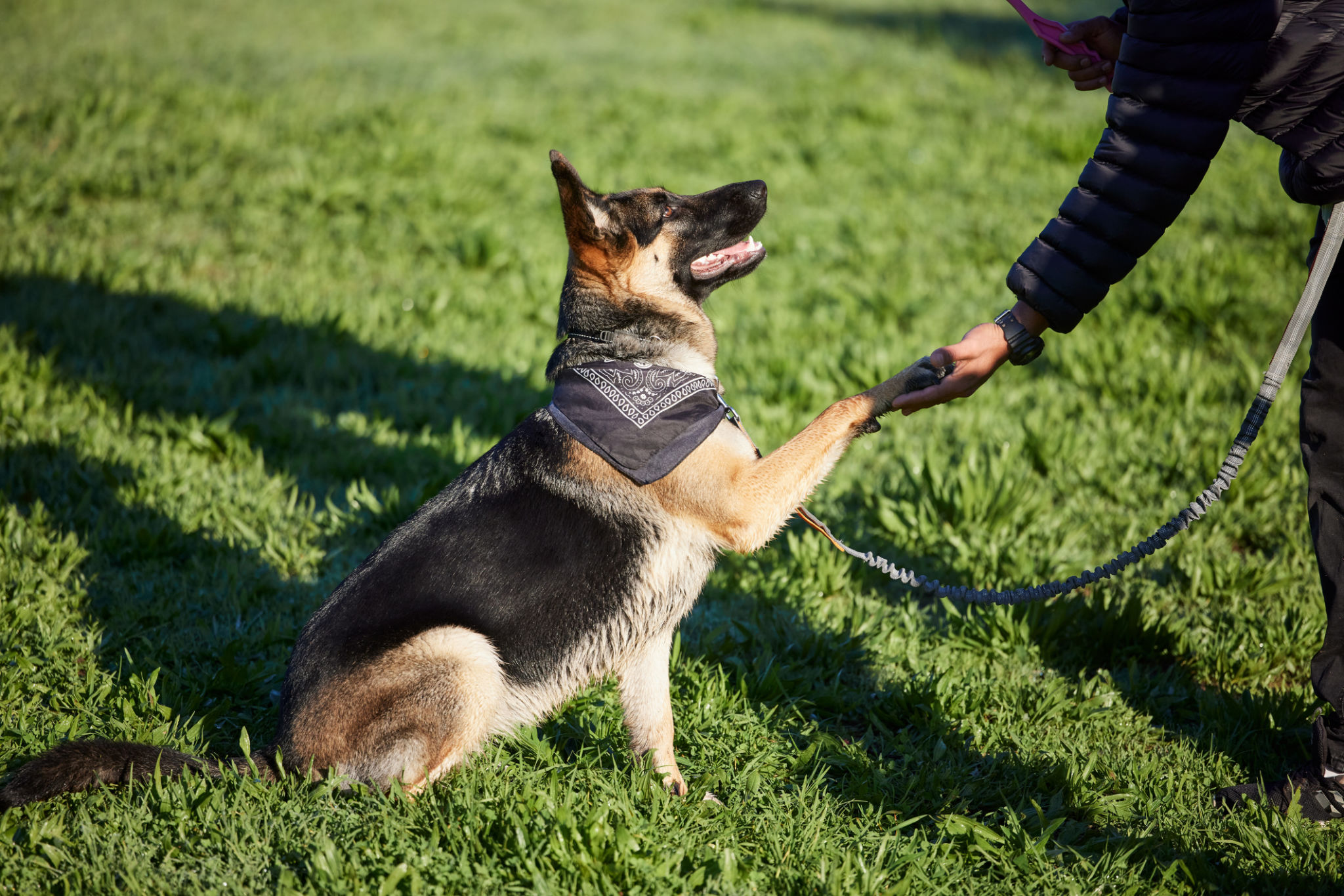Alameda Dog Training: What to Expect and How to Prepare
LM
Introduction to Alameda Dog Training
Embarking on the journey of dog training in Alameda can be both exciting and rewarding. Whether you're a first-time dog owner or have been through the process before, understanding what to expect and how to prepare can make all the difference. In this guide, we'll explore the essentials of dog training in Alameda, ensuring you and your furry friend have a productive experience.

Choosing the Right Training Program
The first step is selecting the appropriate training program for your dog's needs. Alameda offers a variety of options, from basic obedience classes to specialized courses like agility or behavior modification. Consider your dog's personality, age, and any specific issues you want to address when choosing a program. It's also important to research and read reviews to find a reputable trainer.
Types of Training Available
- Obedience Training
- Agility Training
- Behavior Modification
- Puppy Socialization
Each type of training serves a unique purpose, so it's crucial to align your choice with your dog's requirements.
Preparing for the First Session
Preparation is key to a successful training experience. Start by gathering the necessary equipment, such as a sturdy leash, collar, and treats for positive reinforcement. Additionally, ensure your dog is healthy and up-to-date with vaccinations to prevent any health issues during group sessions.

Setting Realistic Goals
Before attending your first session, it's beneficial to set realistic goals for your dog's training. This might include basic commands like sit, stay, or come, or more advanced skills depending on your dog's current level of training. Having clear objectives will help you measure progress and stay motivated throughout the process.
What to Expect During Training
During training, you can expect a mix of instruction, practice, and feedback. Trainers will demonstrate techniques and provide guidance on how to effectively communicate with your dog. Consistency and patience are crucial during this phase, as dogs learn at different paces. Remember that positive reinforcement, such as treats and praise, can significantly enhance the learning experience.

Dealing with Challenges
It's normal to encounter challenges during training. Some dogs may be more stubborn or easily distracted than others. In such cases, it's important to remain patient and seek advice from your trainer. They can offer strategies to overcome these hurdles and help you maintain a positive outlook.
Maintaining Training Success
Once you've completed the training sessions, the journey doesn't end there. It's essential to continue practicing the skills learned to reinforce good behavior. Regular practice helps prevent your dog from reverting to old habits and strengthens your bond.
Consider setting aside time each day for brief training sessions or incorporating training into your daily routine. This consistent approach will ensure that your dog remains well-behaved and responsive to commands.
Conclusion
Dog training in Alameda is a worthwhile investment that pays off in the form of a well-behaved and happy pet. By understanding what to expect and preparing adequately, you'll set the foundation for a successful training experience. Embrace the journey with patience and positivity, and enjoy watching your furry friend thrive.
